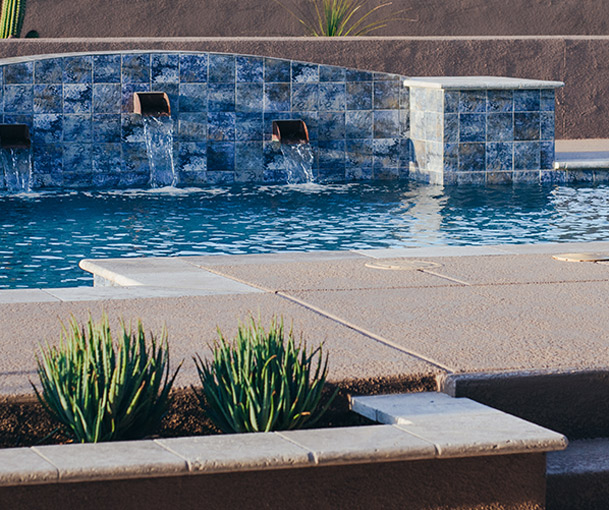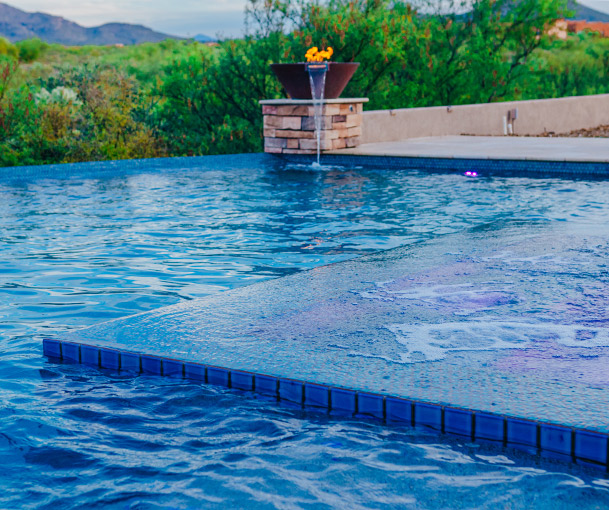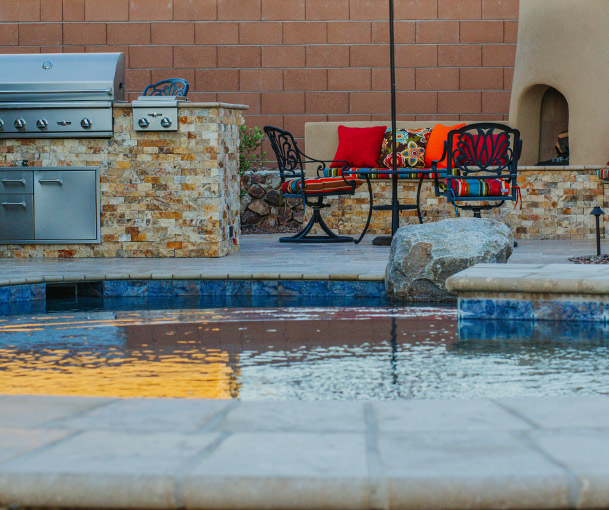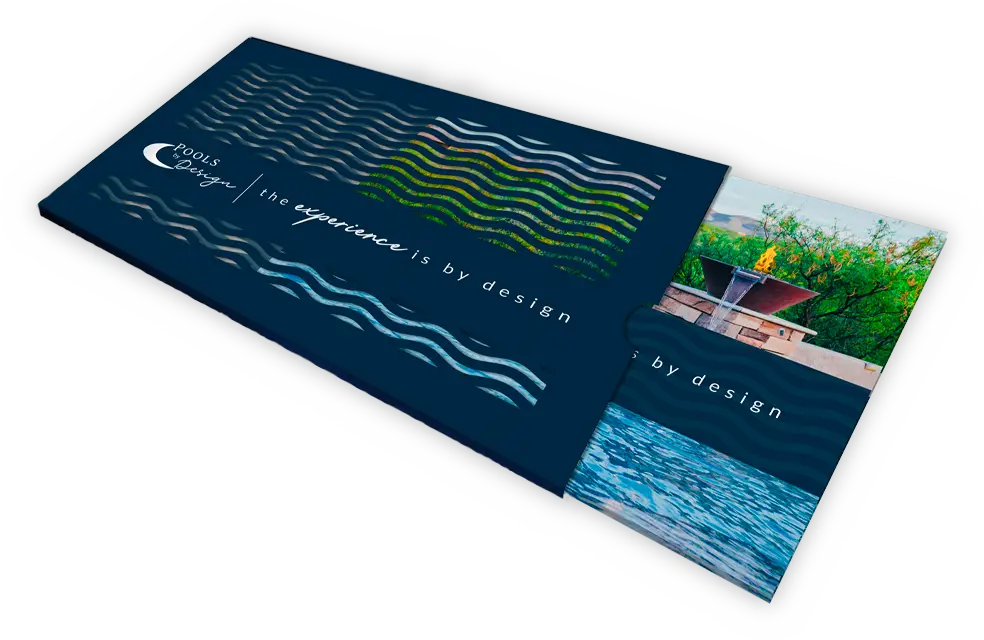Spring Promotions
$1500
value for Pentair Color LV Lighting System
Tucson: 520-797-6675
Sierra Vista: 520-508-6051
To qualify for the promotion, sign a contract by 7/4/25 and start construction by 8/31/25.
The Master Pools Guild is an invitation-only group for the highest quality pool builders across the globe. Membership in this exclusive guild requires a commitment to quality in craftsmanship, design, and customer service when it comes to crafting custom pools. Pools by Design meets and exceeds all the requirements to be a member of this organization.
Pools by Design is currently the only Master Pools Guild member pool builder in Southern Arizona. This means that if you want the best in innovation, construction, and service, Pools by Design should be your top choice. Building a custom pool is a huge investment. You deserve a swimming pool that will last for years to come, built by certified artisans.
Experience the excellence of our Master Pools Guild builders and designers for yourself, and start a project with us today.


As an award-winning Tucson custom pool and spa builder, Pools By Design has a highly acclaimed reputation for exceeding expectations. This reputation has been earned foremost by focusing on quality and really listening to our clients.
Let’s Start Designing
Our professional design team can help design and create your one of a kind custom luxury spa. With your unique needs in mind, we can craft a spa of any size, shape, tile, acrylic, glass, steel and build it with class.
Let’s Start Designing
Let our design specialists transform your backyard with a custom patio configuration. As southern Arizona’s award-winning outdoor living builder, Pools By Design has a reputation for exceeding expectations. Together we can create the backyard of your dreams.
Let’s Start DesigningBuilding pools is our passion. We’re here to turn your backyard into an oasis. With an extraordinary level of customer service and attention to detail, we work closely with our clients to understand their needs, site challenges, and personal style. We believe that maintaining such a strong customer relationship allows us to build a better swimming pool. Getting to know you and your family will also give us the information to base a design on the ebb and flow of your daily life and activities. We are committed to building beautiful pools that leave our customers happy and satisfied for years to come.















B5 RESIDENTIAL SWIMMING POOL ROC# 259661 | A9 COMMERCIAL SWIMMING POOL ROC# 288310 | © 2021 POOLS BY DESIGN. ALL RIGHTS RESERVED. | PROFESSIONALLY DESIGNED BY AMPED MARKETING